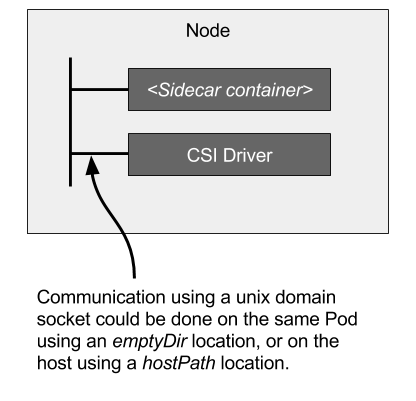


io/local Delete WaitForFirstConsumer false 11m openebs-jiva-default openebs. Migrating from freenas-provisioner and freenas-iscsi-provisioner. ) that you will use to run Storage Plug-in for Containers, create a PersistentVolumeClaim, create a StorageClass and then verify the outcome.
#Docker for mac kubernetes csi flexvolume full
Here, native iSCSI support means that the iSCSI stack is part of OpenEBS project and has full support for synchronous replication, granular monitoring, day 2 storage operations like backup restore, etc. Familiarity with volumes and persistent volumes is suggested. 1, running some of my pods with mounts via ISCSI. Specify if you want the storage class to be the default ("true"), and provide the datastore URL for your storage environment. This enables the provisioner to manage the lifecycle of its PVs, and leave the other provisioners’ PVs be.

com/kubernetes-incubator/external-storage/tree/master/iscsi/targetd/kubernetes, modify them with your storage provider's parameters and deploy the pods using kubectl create. You might be able to replace external-storage's NFS provisioner with something from the community, or something you write. io/minikube-hostpath RECLAIMPOLICY Delete VOLUMEBINDINGMODE Immediate ALLOWVOLUMEEXPANSION false AGE 2m25s.


 0 kommentar(er)
0 kommentar(er)
